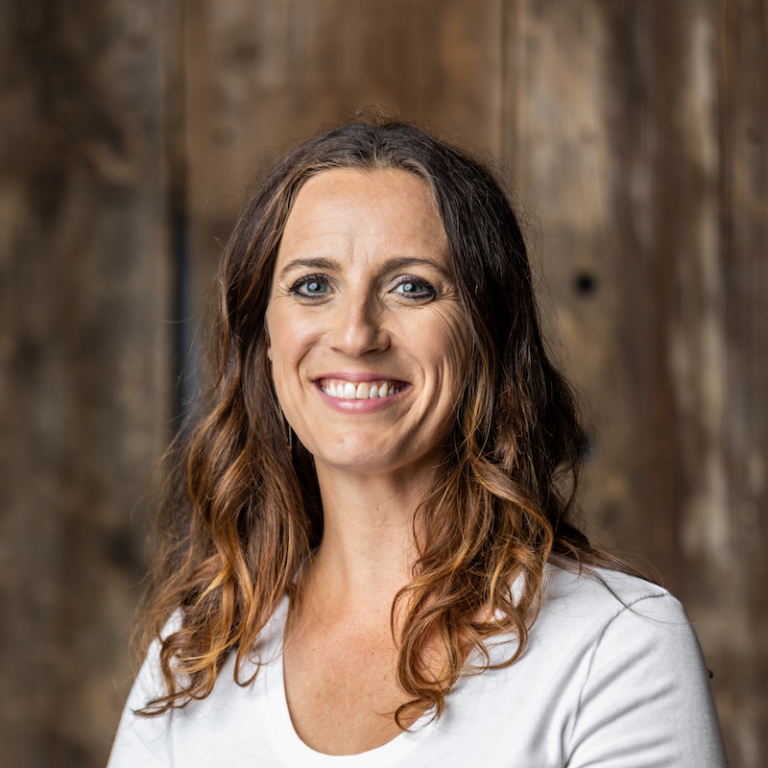Dentistry has entered a new paradigm, seeing and treating the mouth as integral to the whole body. Many have known this for years as we treat infections, inflammation and toxins within the mouth. Now our profession has entered a new era, with a profound understanding of how jaw growth and teeth positioning affects our airway and our ability to breathe and sleep. We understand how malocclusions and skeletal deficiencies negatively affect the anatomy of our airway, our ability to breathe, and subsequently our ability to sleep peacefully and naturally.
You see, we humans aren’t meant to have sleep apnea and we aren’t meant to snore. It’s an evolutionary maladaptation. The sad reality now is how common snoring is and how all of us know someone impacted by sleep apnea. Even mild snoring is tragic, as that narrow tube struggles to pass air by efficiently, resulting in effortful breathing, REM sleep disturbance, tired and fatigued individuals, and a loud, vibrating soft palate annoying everyone around to hear it.
Sleep apnea occurs when we have a narrow airway – in the nose, a long soft palate or behind the tongue – creating a difficult and sometimes impossible time to breathe while we sleep. In its most severe manifestation, the airway closes completely, resulting in a period of silence and plunging oxygen levels. After enough time, our body jolts and gasps awake as we desperately reach to catch a breath. If you haven’t seen a video of someone struggling to breathe and sleep peacefully, it’s worth a watch and an outpouring of compassion for these troubled humans.
My “aha!” moment came when I saw an ancient human skull photographed side by side with a modern, civilized human skull. The view was from the back of the nasal cavity, visualizing the modern, orthodontically problematic maxilla next to the ancient maxilla complete with its healthy teeth, wide palate and wide open nasal passageway. This ancient human had a palate and nasal passageway 1 whole centimeter larger than the modern human. There is no more wondering why we humans have a hard time breathing through that narrow nose.
How did this happen? Ultimately the industrialized, processed diet is to blame. We humans have progressively been eating softer and softer foods, especially since the advent of using machines and factories to grind our food. The minimal chewing effort required doesn’t put enough force on the bone to cause proper growth. Less force, less growth. Instead of growing wider and forward, we lack growth or grow downward and backward, closing off the airway behind the tongue and causing that narrow maxilla, deviated septums and difficult nasal breathing.
What can be done about it? In children, there’s a discipline emerging called growth guidance orthodontics – minimal intervention with a huge impact. In adults, it’s more complex but still achievable, with both nonsurgical and surgical options. In a recent lecture hall, the chatter and passion in the room was obvious: airway dentistry is shifting everything we know and how we approach pediatric dentistry, orthodontics, TMJ, ENT, sleep medicine and more.
Dr. Kevin Schwandt practices dentistry at Reclaim Integrative Dentistry & Implant Center in Wheat Ridge.






